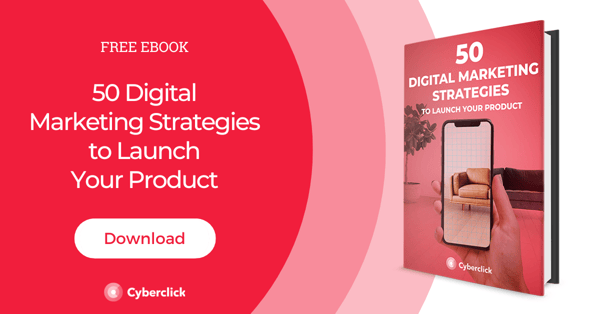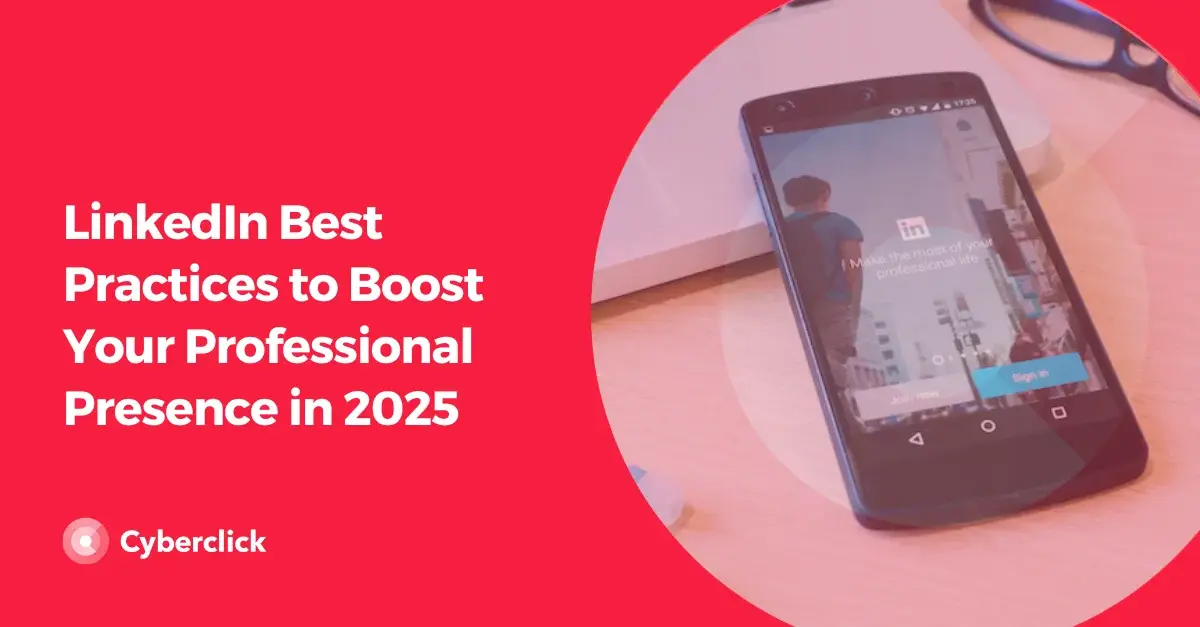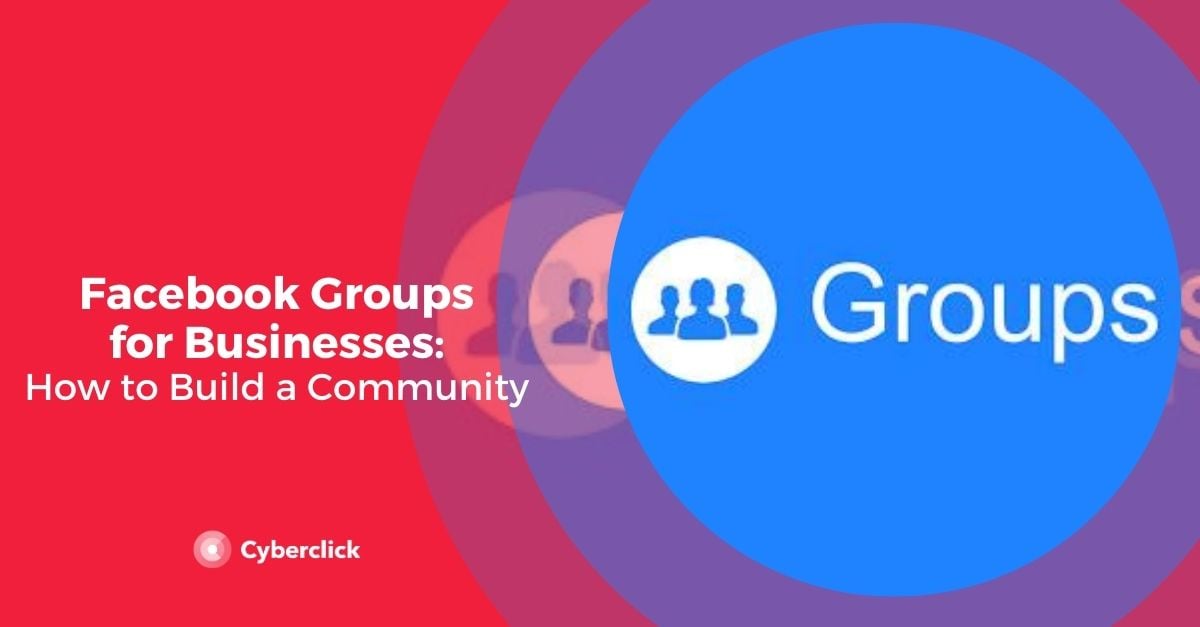Your brand’s visual identity is a key part of your branding. It comprises all of the visual and graphic elements that represent who you are and show off your brand’s personality.
When done right, a strong visual identity can make your brand easier to recognize and helps you stand out in a crowded market. In this article, we’ll break down what makes up a brand’s visual identity, give you tips on how to build a strong one, and share some great real-world examples to inspire you as you create your own.
Visual Identity, Brand Identity, Brand Image, and Branding—What’s the Difference?
These terms get mixed up a lot in the marketing world, and while they’re all related, they’re not the same. Each one plays a unique role when it comes to how your brand presents itself to the world.
Before we dive deeper into visual identity, let’s go over what each one means:
-
Visual Identity: This includes all the visual and graphic elements that represent your brand, such as your logo, colors, typography, etc.
-
Brand Identity: This goes beyond just the visuals. It’s everything your brand uses to present itself—both what you see (like visuals) and what you don’t (like tone of voice, values, mission, and vision). Visual identity is just one part of your overall brand identity.
-
Branding: This is the big-picture term. It includes both your visual and brand identity. Think of it as the strategy and actions you take to build, manage, and communicate your brand.
-
Brand Image: This is how people actually perceive your brand—the impression they have of you based on the values and emotions you put out into the world. It can come from both visuals and messaging.
Why Your Brand Needs a Visual Identity
Firstly, your visual identity helps you connect with your audience. Through things like color and illustration, you can express your personality and values by showing people what they are rather than telling them.
Secondly, in today’s overcrowded market, having a clear, well-designed visual identity helps you stand out and become more recognizable.
Finally, a polished visual identity signals professionalism. It helps you build trust and shows people that you offer quality, whether it's a product or a service.
Key Elements of a Brand’s Visual Identity
When a graphic designer is hired to develop a brand’s visual identity, these are the main elements they focus on:
Logo
Your logo is the symbol or graphic that represents your brand. It could be just text, an icon, an image, or a combination of all three.
To be effective, a logo should be simple and flexible. It needs to work at different sizes and across various formats. Most brands keep their logo consistent, but it’s normal to tweak it over time. Lately, a lot of brands have been simplifying their logos to keep up with modern design trends.

Source: Brandemia
Typography
Typography is the type of font your brand uses in its communications. It should reflect your brand’s personality and be easy to read. The font you use in your logo doesn’t always have to match the one you use everywhere else, but they should look good together and feel cohesive.
Consistency is key here—using the same fonts across your marketing helps avoid confusion and builds a more unified brand experience.
Color Palette
Your color palette is the set of colors that represent your brand. Color plays a huge role in how people feel about your brand—it can spark emotion and influence perception, so it’s important to choose a color palette intentionally.
Designers usually pick colors that contrast well but still look good together. And once your palette is set, you should stick to it across all your branding and marketing materials.
Designers often use the Pantone color system, which gives each color a unique code so it can be easily matched and reproduced across different platforms and materials.

Photography Style
Part of your visual identity also includes the types of photos you use. They should be high quality and have a consistent style, and help reinforce your brand’s personality.
Illustrations, Patterns, and Textures
Many brands create their own illustrations or icons to give their visuals a more personal touch. These should match the overall style of your other design elements and be used in moderation so you don’t overwhelm your audience.
A great example is the cookie brand Crumbl. The brand's posts follow the set color palette and perfectly match its fun, casual, and friendly vibe.
Tips for Building a Strong, Cohesive Visual Identity
Check Out the Competition
Researching your competition is an important first step. Not only does it give you inspiration, but it also helps you figure out what’s already out there—and how you can stand out. You might think your idea is original, but chances are someone’s already done something similar. So do your homework early in the process.
Stay True to Your Brand Values
Your brand values are the beliefs that guide everything you do. Your visual identity should reflect those, whether it’s obvious or more subtle. It helps your audience understand who you are at a deeper level.
Create a Brand Kit
A brand kit is a document that includes all of your visual identity elements once they’re finalized. Designers usually deliver this when they finish the job. Having a brand kit makes it easier for your team to keep your branding consistent across all channels and content.
Front-end Development & Graphic Designer en Cyberclick. Licenciado en Ingeniería Técnica de Telecomunicaciones por la Universidad Politécnica de Valencia y Máster en Creación Digital. Cuenta con diez años de experiencia en dirección de arte y diseño front-end.
Front-end Development & Graphic Designer at Cyberclick. Raúl holds a degree in Telecommunications Technical Engineering from Universidad Politécnica de Valencia and has a master in Digital Creation. He has more than 10 years of experience in art direction and front-end design.







Leave your comment and join the conversation